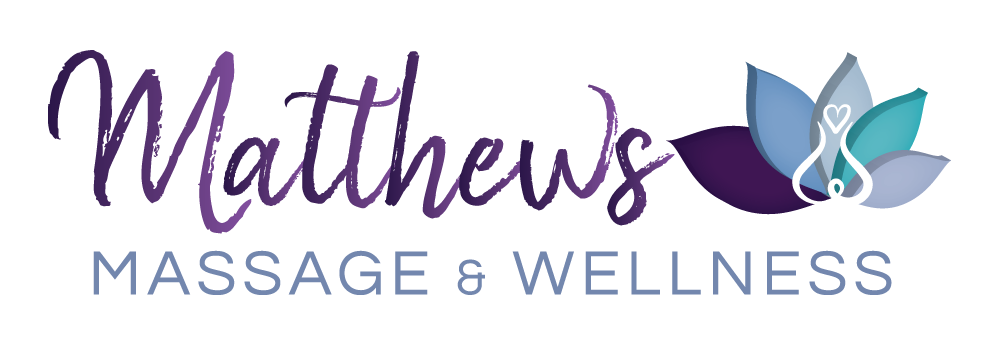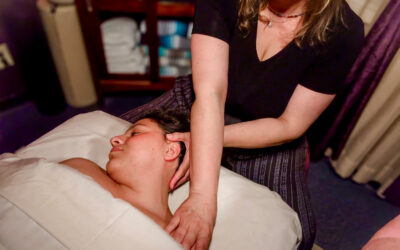After attending my first human dissection class at Experience Anatomy, I left with a completely new perspective on the human body. It was a four-hour course of human dissection. (This material may be sensitive to some readers, so if this is not of interest, then this Blog may not be for you.)
My feelings were all over the place. My inquisitive self wanted to learn more about connections in the muscles and fascia, the way nerves and vessels weave through the body. But the moral and empathic feelings I have made me very sensitive to following through. While I went in feeling nervous, once we entered the lab, curiosity and respect took over.
We worked with three donors, each with unique pathologies and health histories. These differences showed us how lifestyle, illness, and surgeries leave their marks on the body. For example, one donor who had a history of smoking and diabetes had muscle tissue that felt spongy and atrophied, while another donor’s abdominal scar tissue revealed just how much surgery can alter the body’s internal structure.
One of the most fascinating discoveries for me was observing how the abdominal muscles layer together like a supportive girdle. The external obliques wrap around from the back toward the front, while the internal obliques run in the opposite direction. Beneath them, the transverse abdominus runs horizontally, stabilizing the core, while the rectus abdominus — the classic “six-pack” muscle — extends vertically down the front. Seeing how these layers connect gave me deeper insight into the mechanics of core strength and support.
As a massage therapist, I found myself asking questions: How much can scar tissue really be changed by bodywork?
Does stretching make the biggest difference?
Can techniques like cupping truly help with tissue rehabilitation?
These are questions I plan to keep exploring, but the class reinforced just how vital bodywork can be for recovery and mobility.
I also found it enlightening to see the jaw muscles during a dissection, especially since I’ve recently been offering intra-oral massage for TMJ clients. Observing the fiber direction and exact muscle attachments gave me a new layer of understanding that I can bring back into my practice.
At the end of class, we circled together and offered prayers and gratitude to the donors and their families. It was a beautiful way to close such an intense day of learning and to honor the incredible gift we had received.
This first human dissection class has inspired me to continue attending more sessions. Next time, I’ll be focusing on the hand, forearm, and elbow — areas that will directly help me work with clients struggling with carpal tunnel and elbow pain.
If you’d like to follow my learning during these classes, click below:



